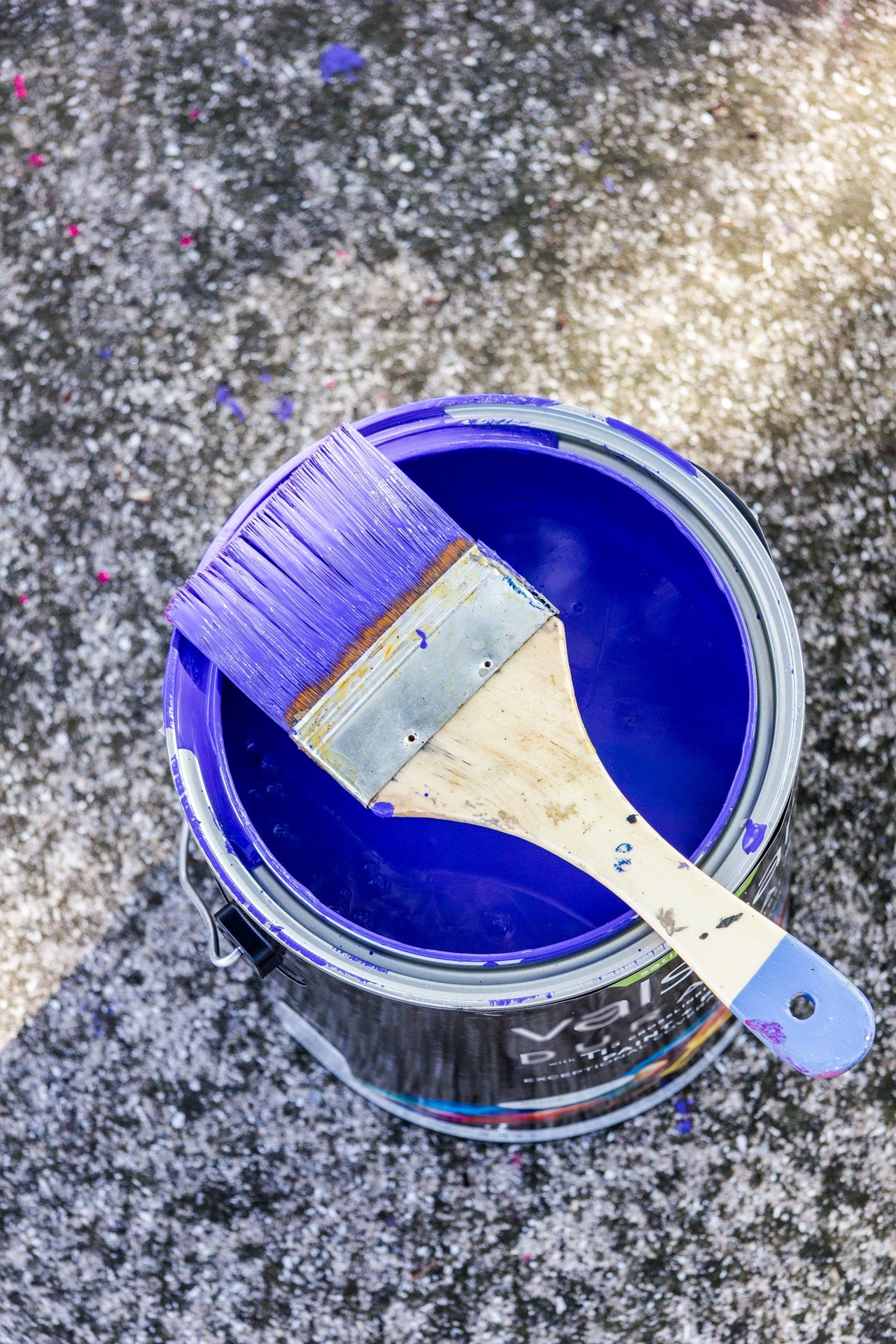Thinking about painting the interior or exterior of your home soon? If so, it”™s helpful to be aware of the different types of paint and their specified uses. Choosing an interior paint for an exterior project will yield less than desirable results, and vice versa. Here”™s what you need to know about the best types of paints for these uses:
What”™s The Difference?
The cans of paint at your local home improvement store may look similar, but their ingredients and effects are not. Each product is formulated for a specific use. For example, interior paint”™s biggest obstacle is daily wear and tear from bumps and scrapes. To hold up well throughout the years, a high-quality interior formula should retain its hue while resisting abrasions. Additionally, a paint that”™s perfect for indoor use should be low in volatile organic compounds (VOC).
On the other hand, you”™ll want to look for an entirely different paint to tackle exterior projects. You”™ll need a tough, weather-resistant product that deters moisture damage. Exterior paint binders (the compounds that bind pigment and encourage proper adhesion) are different from their interior counterparts, leading to better outdoor performance. Now that we”™ve covered these important variations, we”™ll move on to the best types of paint for each job.
Interior Paint Options
- Traditional water-based (latex or acrylic): Paints that are water-based are generally safe to use and contain fewer VOCs. Latex is the most common type of water-based product, and can provide a beautiful finish and excellent color retention. If you”™d like to opt for latex paint, it”™s advised to purchase a high-quality product containing 30 to 45% solids by volume.
- Oil-based: If you want an ultra-smooth finish that sticks around for years, it may be best to choose oil-based paint. Many professional painters prefer oil-based products, but the cleanup can be a bit difficult. This type of paint takes its time to dry, and you”™ll need turpentine or paint thinner to get rid of unwanted spills.
- Waterborne: Waterborne paint is becoming immensely popular. This type of formula is widely considered the safest option and still provides a great finish. However, we advise staying away from “green” paint, as it”™s often difficult to use and is expensive.
In most cases, we recommend using Sherwin-Williams ProMar 200 or Benjamin Moore Eco Spec for interior projects. These are tried and true favorites that will provide outstanding results.
Once you”™ve chosen the composition that you”™d like to use, it”™s time to select the finish. There are quite a few sheens that are appropriate for interior use, so the one that you choose depends upon personal preference. Paints with high sheens are lustrous, but tend to show off little imperfections. Conversely, low sheen options aren”™t as reflective and are better at masking flaws. The following sheens are listed from low to high:
- Flat/matte
- Eggshell
- Low-luster
- Satin
- Semigloss
- Gloss
- High gloss
Exterior Paint Options
When it comes to choosing the ideal paint for the exterior of the home, things get a little trickier. It may not be a one-size-fits-all solution””you might need to purchase both oil and water-based products. If you”™re not sure which type is best for your needs, don”™t hesitate to get in touch with a professional or speak with a home decor store manager. They”™ll provide additional insight to help you find the ideal formula for your project. Personally, we like using Sherwin-Williams SuperPaint and Benjamin Moore MoorGard for exterior painting.
As you can see, there are numerous factors to consider before beginning an interior or exterior paint job. If you”™d like to skip the hassle, reach out to our crew of professional painters. We know how important it is to achieve the ideal look for your home, and we”™re here to help you throughout the process. To get started with a free color consultation, give us a call.
Photo courtesy of Pixabay under Creative Commons 0 license

